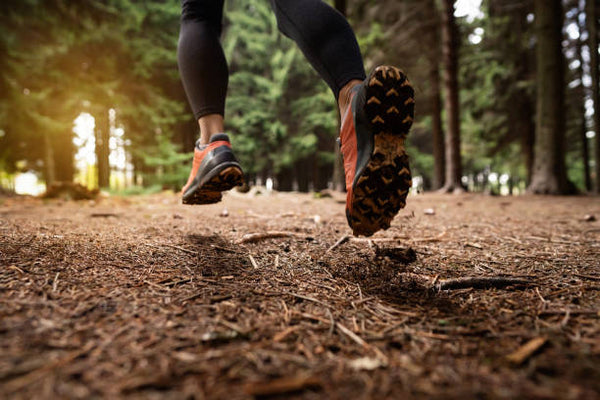
The Ultimate Guide to Choosing the Best Hydration Vest
Whether you are a distance runner, trail runner or someone who just likes to join the occasional coast trek, a good hydration running vest should combine comfort, functionality and convenience.
Here are the key factors that make them stand out:
1. Fit and Comfort
- Different to a hydration backpack: Running vests are different to regular hydration backpacks in that they will strive to form fit and wrap your torso to provide a slim fit that reduces bounce and movement of the reservoir whilst running. Due to this vest design, they can restrict movement and will have minimal storage for other items. Hence why if you are jogging, cycling, mountain biking or performing any other outdoor sport you make prefer a more traditional hydration backpack.
- Adjustable straps: To ensure a snug and secure fit, with minimal bounce while running. Look for vests with shoulder and side straps that are fully adjustable as these will ensure a custom fit.
- Breathability: Mesh panels or moisture-wicking fabrics will help prevent overheating and promote ventilation to keep you comfortable during long runs.
- Lightweight material: The vest should be lightweight enough to not add extra weight to your run but durable enough to hold your hydration system and gear.
2. Hydration System
- Reservoir Bladder vs Bottles: Depending on preference, you can choose between a hydration reservoir (often 1.5L to 3L) or soft bottles that fit into easily accessible pockets. A reservoir offers more consistent hydration, while bottles can be quicker to refill and may offer better control. Caribee’s hydration packs come equipped with 1.5L, 2L and 3L reservoirs.
- Easy-to-use drinking tube: A drinking tube that allows you to hydrate without stopping or fumbling with your vest is crucial, especially for long-distance runners.
- Leak-proof design: Check that the hydration system has a secure, leak-proof connection and valve to avoid wet gear and discomfort.
3. Storage and Organization
- Multiple pockets: Ideally, the vest should have a combination of open and zippered pockets for storing gels, snacks, keys or a phone.
- Easy access: Make sure the storage options are easy to access while on the move. Elasticated pockets can stretch to fit larger items, while zippered pockets provide secure storage.
- Specialized pockets: Some vests, like the Caribee Coyote Runner include areas designed for specific items like your phone, soft flasks, or energy gels, making organisation simpler.
4. Durability and Weather Resistance
- Weather-resistant materials: A good vest will be made of durable, weather-resistant fabrics that hold up to the elements, whether you're running in rain or hot sun.
- Reflective elements: If you're running in low-light conditions, look for reflective strips or designs for added visibility.
5. Weight Distribution and Balance
- Balanced load: A good hydration vest will distribute the weight evenly across your chest and back to avoid strain. It should sit comfortably without swaying or bouncing.
- Low-profile design: Running vests like the Coyote Runner have a low-profile design that minimizes unnecessary bulk, so they feel more like a natural extension of your gear rather than something larger that slows you down.
6. Easy Refills
- Quick refill option: For long runs, you want a hydration system that can be easily refilled without hassle. Many vests have a wide opening for the reservoir bladder or easy access to bottle pockets, so you don’t need to take the vest off to refill. The Caribee Coyote Runner has a quick access sleeve to access the 2L reservoir for quick and easy refills.
The Caribee Coyote Runner 2L Hydration vest was designed to meet runners' needs, considering all essential factors outlined above. Suitable for all sizes, it offers a great fit with minimal bounce for both women and men.
